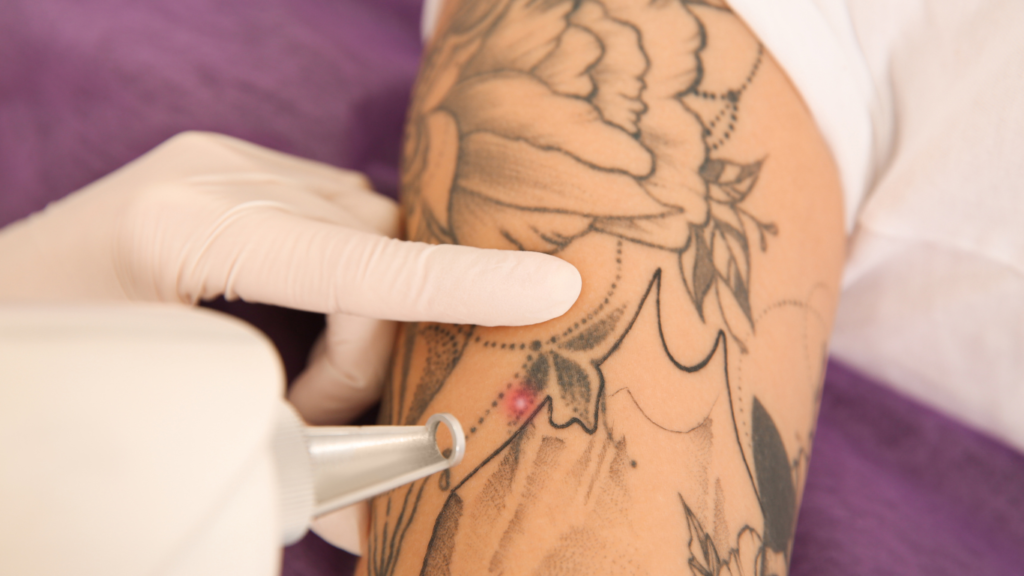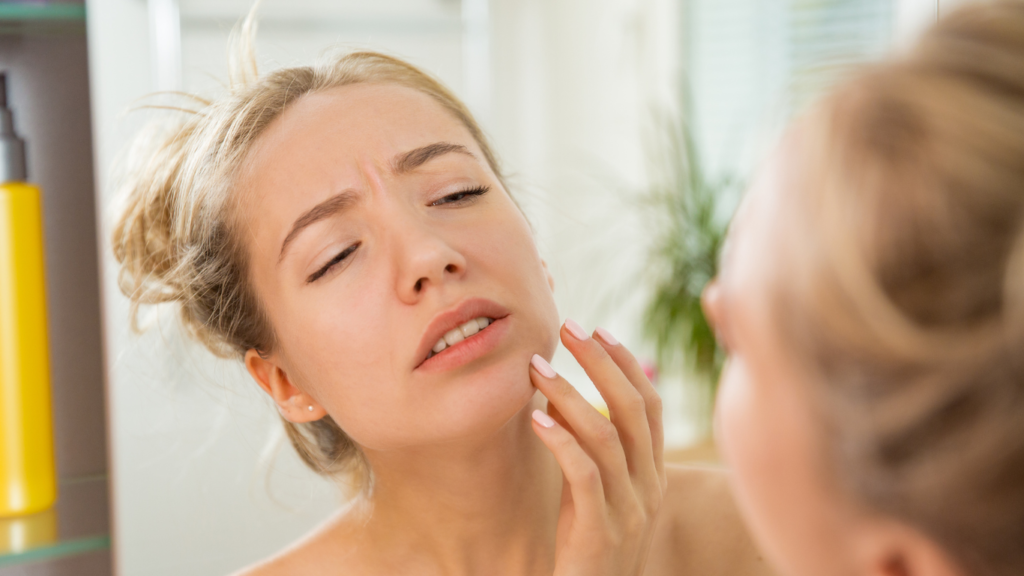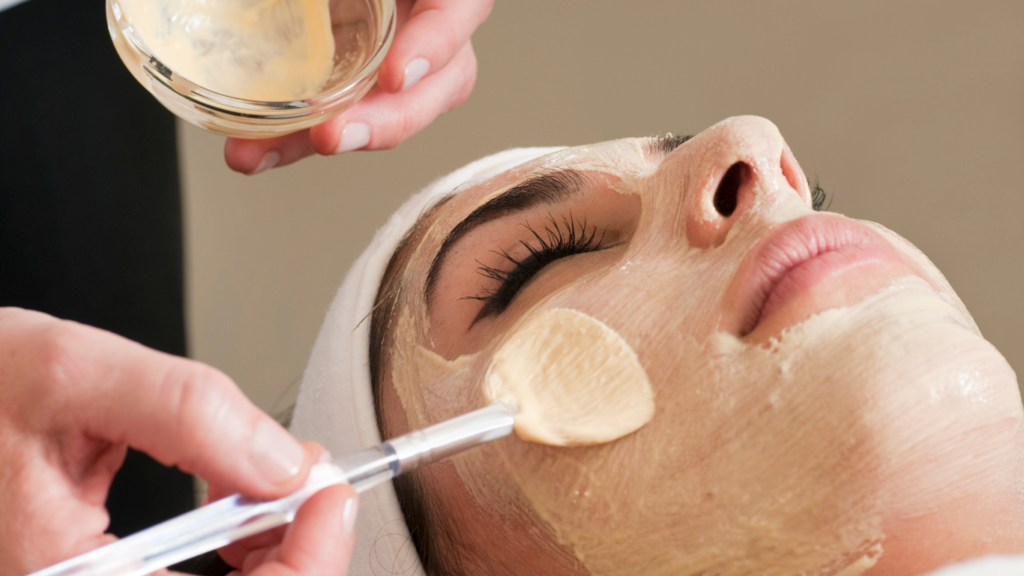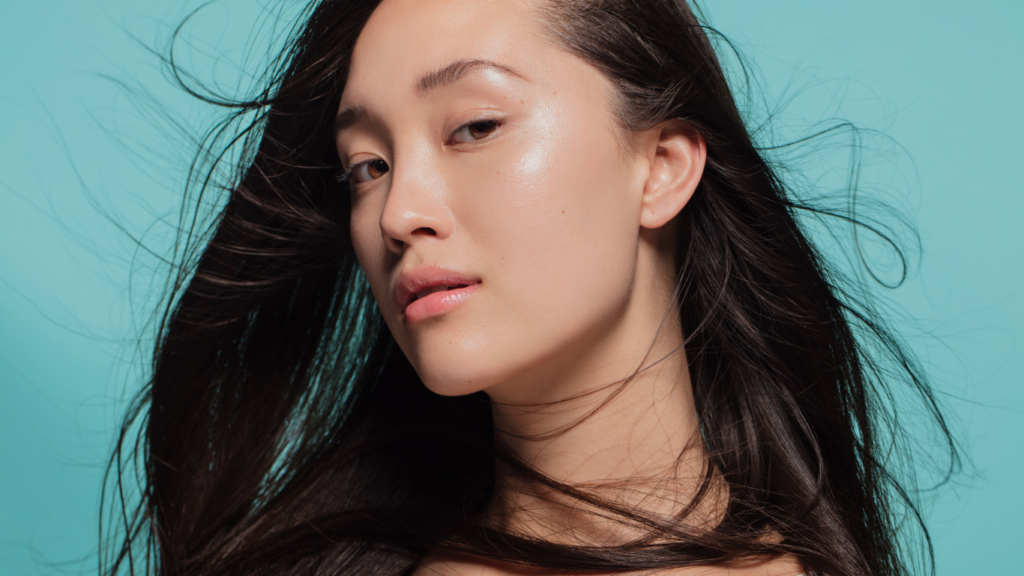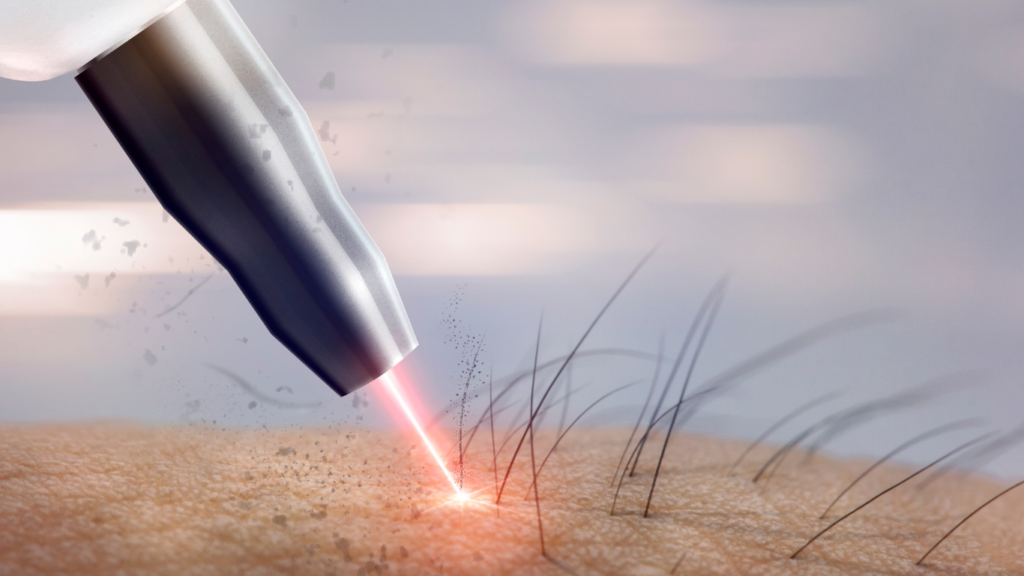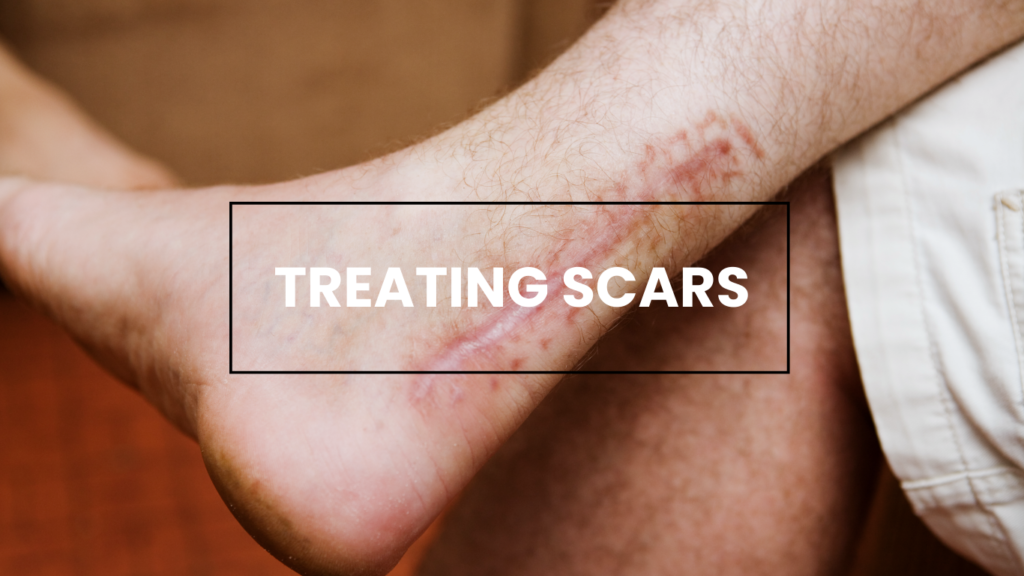Should You Remove Your Unwanted Tattoo?
Tattoos are a popular form of self-expression, but what do you do when you no longer want that permanent reminder? Whether it’s a tattoo that you got on a whim, a reminder of a past relationship, or simply a design that no longer speaks to you, unwanted tattoos can be a source of frustration and embarrassment. In the past, tattoo removal was a painful and difficult process, but with the advent of laser technology, removing a tattoo has become a more viable option. However, before you make the decision to remove your unwanted tattoo, it’s important to consult it with an expert dermatologist to avoid potential risks. Why Remove Your Tattoo? There are many reasons why someone might choose to remove an unwanted tattoo. Some common reasons include: Regret Perhaps you got a tattoo on a whim or without fully considering the long-term implications. As time goes on, you may find that the tattoo no longer reflects your personality, values, or interests. Employment Depending on your profession, visible tattoos may not be acceptable in the workplace. If you’re looking for a job or considering a career change, you may want to remove a tattoo that is visible when you’re dressed in professional attire. Relationship changes Tattoos that are related to a past relationship can be a painful reminder of a failed partnership. Removing the tattoo can be a way to move on and start fresh. Fading or damage Over time, tattoos can fade or become damaged, making them less attractive or less visible. Removing the tattoo can be a way to restore the skin’s appearance. Laser Tattoo Removal: How Does It Work? Laser tattoo removal is a process that uses high-powered lasers to break up the pigment in the tattoo ink. The laser emits a focused beam of light that passes through the skin and targets the ink particles. The heat from the laser causes the ink particles to break down into smaller fragments, which are then absorbed by the body’s immune system and eliminated. The effectiveness of laser tattoo removal depends on several factors, including the size and location of the tattoo, the age of the tattoo, the type of ink used, and the individual’s skin type. In general, newer tattoos and tattoos with darker ink are more difficult to remove than older tattoos and tattoos with lighter ink. The number of sessions required for complete removal can vary widely, ranging from just a few sessions to dozens of sessions over the course of several months or even years. Benefits of Removing Unwanted Tattoo Improved self-esteem Removing an unwanted tattoo can be a significant confidence booster, especially if the tattoo was a source of embarrassment or self-consciousness. Better job prospects If you’re looking for a job or considering a career change, removing a visible tattoo can make you a more attractive candidate to potential employers. More flexibility in clothing choices Visible tattoos can limit your clothing options, especially if you’re trying to dress professionally. Removing the tattoo can give you more flexibility in your wardrobe choices. Restored skin appearance If your tattoo has faded or become damaged, removing it can restore the skin’s appearance to its natural state. Is Laser Tattoo Removal Right for You? If you’re considering laser tattoo removal, it’s important to do your research and consult with a qualified professional. The effectiveness of laser tattoo removal can vary depending on several factors, and the process can be time-consuming and expensive. However, for many people, the benefits of removing an unwanted tattoo far outweigh the risks and costs. If you’re ready to say goodbye to your unwanted tattoo, laser tattoo removal may be the right choice for you.
Should You Remove Your Unwanted Tattoo? Read More »

